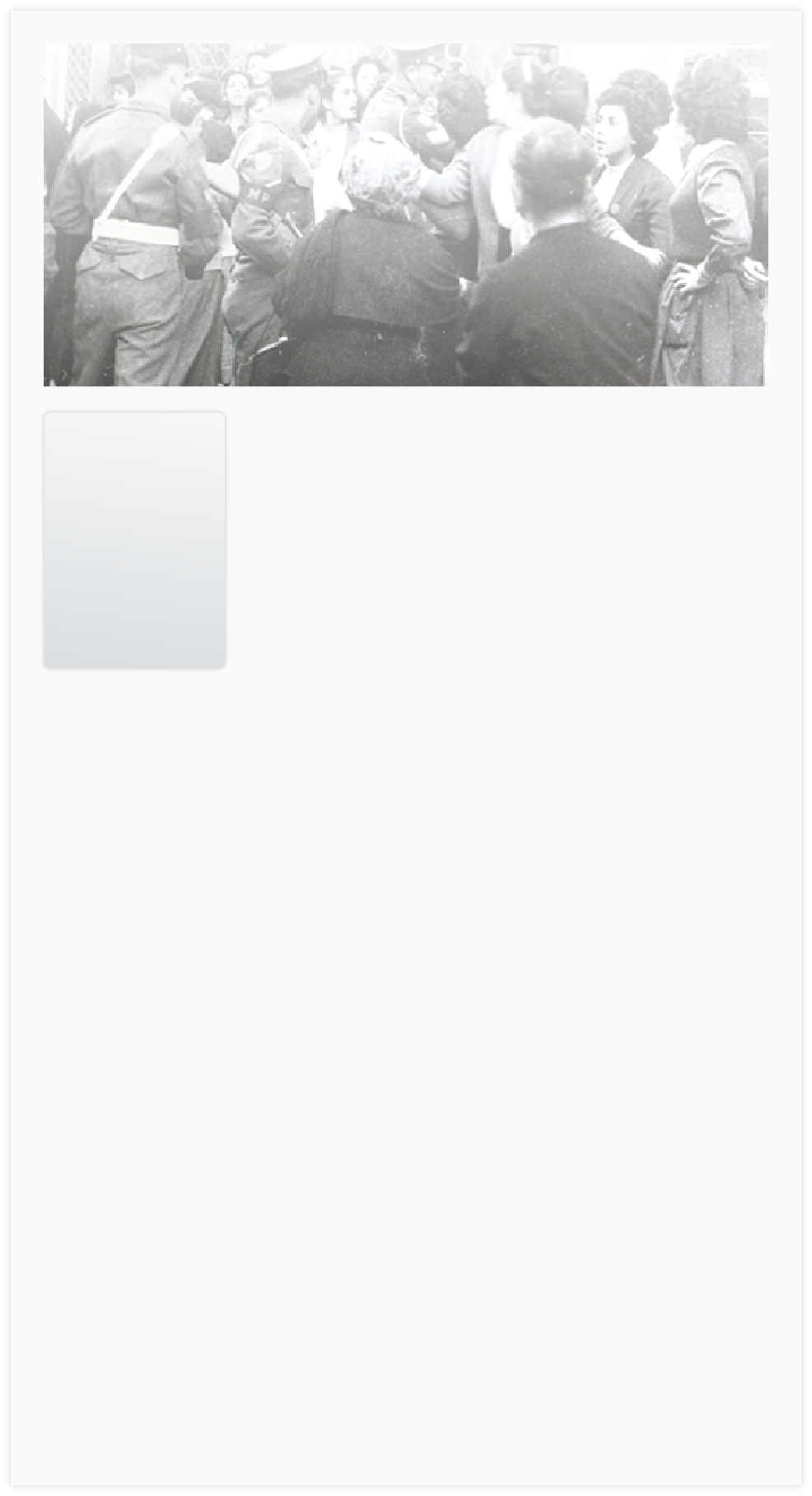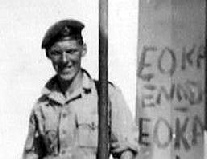Britain was invited to administer Cyprus by the Ottoman government in 1878. With the outbreak of WW1 and with Britain being at war with the Ottoman Empire Britain occupied the island and declared it a Crown Colony. Cyprus had strategic importance as it was well place to help defend the Suez Canal.
Cyprus was never an easy place to rule as the community was made up of Greek Cypriots with a minority Turkish population. The Turkish Cypriots resented British rule and the Greek Cypriots requested unity with Greece. Both sides carried out attacks on each other and the British. Following the resolution of the Suez Crisis, Britain conceded that the way forward was through establishing bases on Cyprus rather than seeing Cyprus as a whole as a base.
In 1960 independence was achieved for Cyprus. As the British withdrew to their military bases the island was plunged into a power void. The Greek Cypriot leader, Archbishop Makarios offered Turkish Cypriots minority rights, which was rejected. They called for physical separation between the two communities but since Greek and Turkish Cypriots were well dispersed this seemed out of the question.
Tensions surfaced again in 1963 when President Makarios proposed changes to the constitution which would have removed many rights from Turkish Cypriots. Violence and riots followed including the seizing of 700 Turkish Cypriot hostages including women and children. During the first half of 1964, 191 Turkish Cypriots and 133 Greek Cypriots were known to have been killed and it was alleged that 209 Turks and 41 Greeks were missing, presumed dead. 20,000 Turkish Cypriot refugees fled from the violence and damage in their villages to Kyrenia and Nicosia. This set the scene for a divided island as was proposed by President Makarios.
At the end of 1964 with real threats of invasion by the Turkish Army, Makarios established the “Green Zone” in Nicosia to separate the warring communities. When violence then erupted in Limmasol the Turkish Army prepared to invade. It was then that the United Nations Peacekeepers were invited to Cyprus.
Following a military coup in Greece in 1967 support for Makarios began to deteriorate both from the Greek Cypriot population and from the military junta. In 1973 the Greek Cypriot National Guard overthrew the Cypriot Government and announced that Makarios was dead. He was, in fact, at the British base in Akrotiri. His successor, Nicos Sampson was a former Greek Cypriot terrorist who was known to have attacked Turkish Cypriots.
Amidst international confusion and apathy Turkey invaded the island at Kyrenia on 18th July 1974 and established a corridor to Nicosia. Atrocities were common on both sides of the community. The collapse of the junta in Greece and the resignation of Sampson led the way to more stable negotiations. Turkish Cypriots were offered 34% of the island at the north. However, international involvement and foot dragging complicated talks. In frustration, Turkey launched an attack and claimed 36.5% if the island, creating partition. As Turkish Cypriots rose up, 180,000 Greek Cypriots fled their homes. There is proof of mass killings on each side including 1610 Greek Cypriots unaccounted for and an atrocity in Tokhini in August 1974 when all Turkish men were slaughtered.
Over the following year, arrangements were made to transport Turkish Cypriots north and displaced Greek Cypriots south. Despite a barrier separating the communities – or maybe because of it – each side still views the other with suspicion on this deeply divided island.









